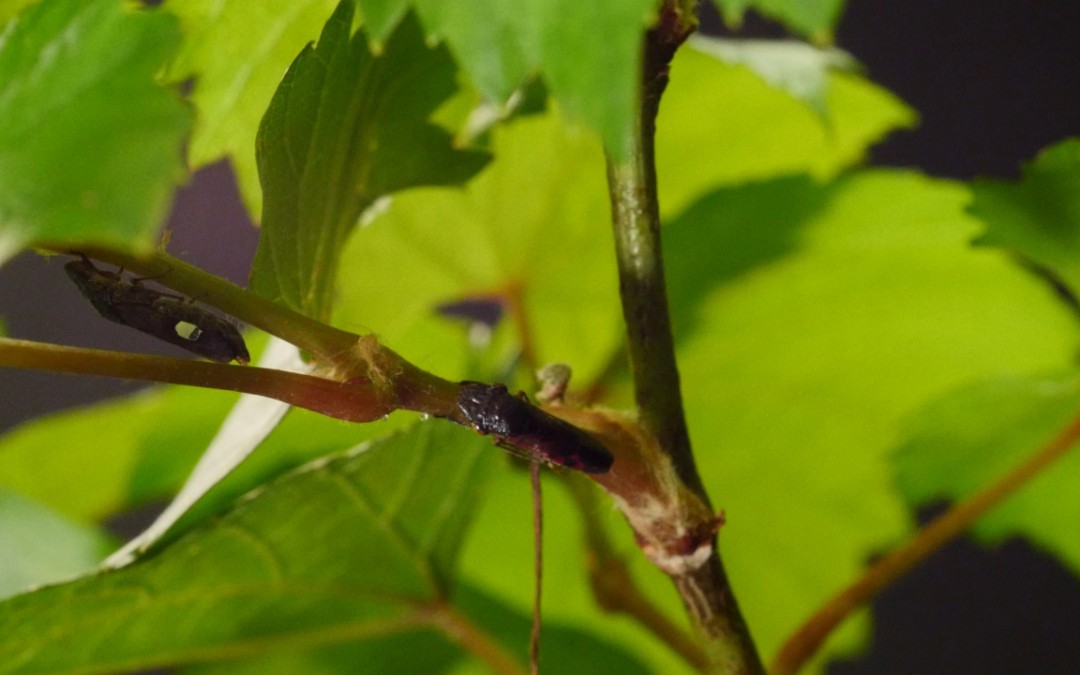
by Shira | Feb 18, 2017
The glassy-winged sharpshooter (GWSS), Homalodisca vitripennis, is an important vector of Xylella fastidiosa, the causal agent of Pierce’s disease of grapevine. GWSS control relies mainly on insecticides; therefore, an alternative method, such as vibrational mating...
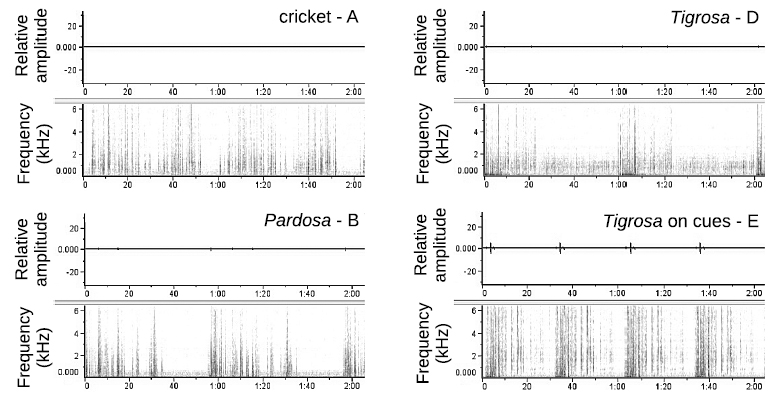
by Shira | Oct 9, 2016
Predators may inadvertently signal their presence and threat level by way of signals in multiple modalities. We used a spider, Pardosa milvina, known to respond adaptively to chemotactile predator cues (i.e., silk, faeces and other excreta) to evaluate whether it...
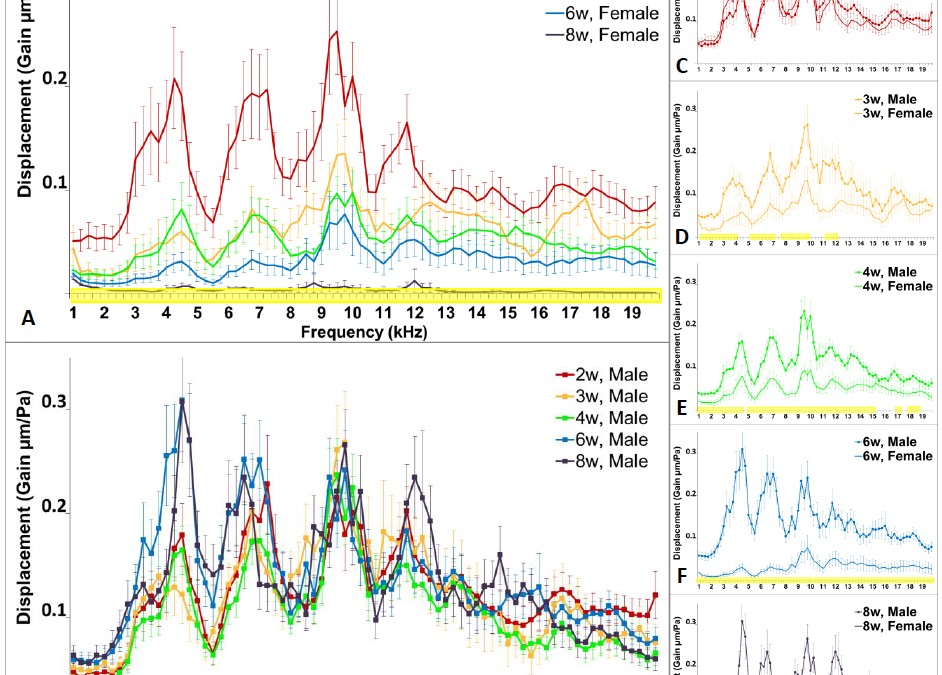
by Shira | Oct 9, 2016
Insects display signs of ageing, despite their short lifespan. However, the limited studies on senescence emphasize longevity or reproduction. We focused on the hearing ability of ageing adult locusts, Schistocerca gregaria. Our results indicate that the youngest...
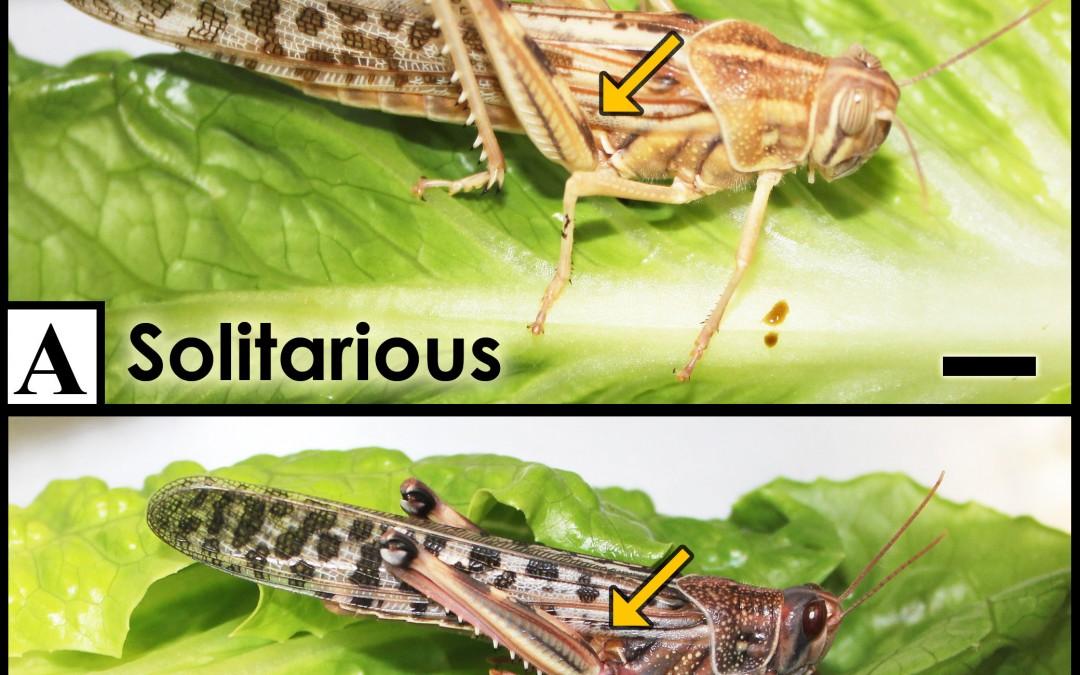
by Shira | Oct 1, 2014
Locusts display a striking form of phenotypic plasticity, developing into either a lone-living solitarious phase or a swarming gregarious phase depending on population density. The two phases differ extensively in appearance, behaviour, and physiology. We found that...
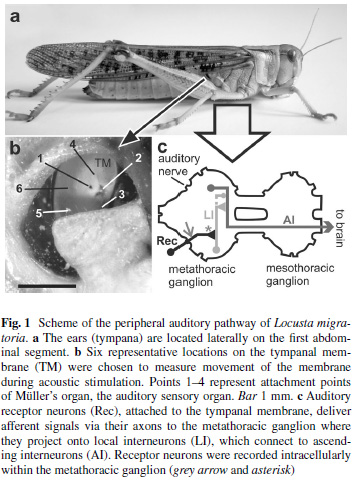
by Shira | Jun 29, 2014
Poikilothermic animals are affected by variations in environmental temperature, as the basic properties of nerve cells and muscles are altered. Nevertheless, insect sensory systems, such as the auditory system, need to function effectively over a wide range of...







Recent Comments